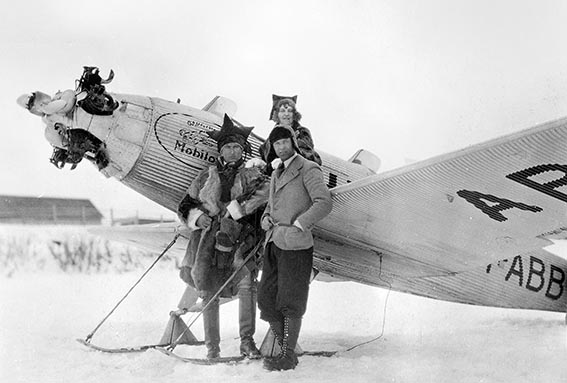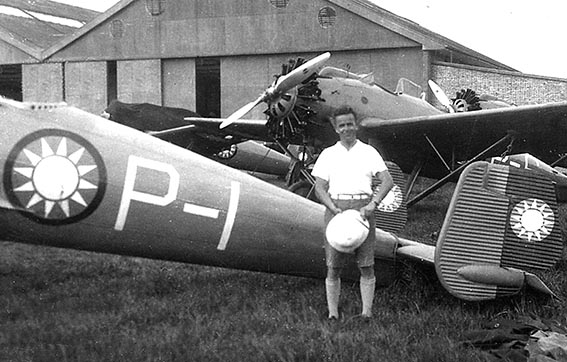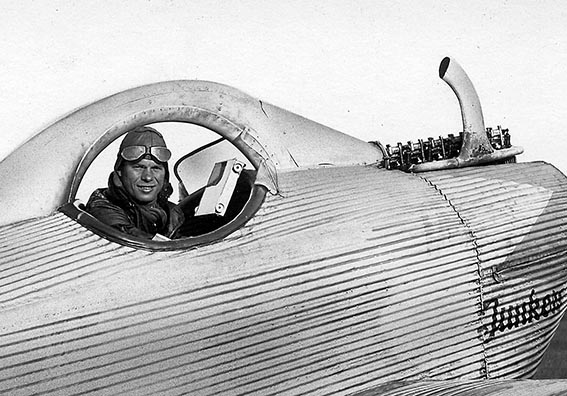|
248 pages, 210x297mm,
hardback, 325 photos, 21 drawings,
production lists
Published
by European Airlines February 2022
Now
out of print
RECENSIONER/REVIEWS
Contents
Introduction
For Travellers in Style – The
Junkers K 16
Two-Seaters for Private Flying and
Training – The Junkers T Series
Civil and Military Use – The
Junkers A 20 and Derivatives
Specially Made for the Red Air
Fleet – The Junkers J 21 and J 22
Two-seat Fighter and ‘Stuka’ – The
Junkers K 47
The Private Aircraft Owners Dream
– The Junkers A 50 Junior
Specifications
and
Performance
Drawings
Sources and Bibliography
Index
|
Elegance and Versatility
Junkers Light Aircraft K 16 to A
50 Junior
Lennart
Andersson
This book is about all the smaller
Junkers types that were designed
during the same period as the F 13,
G 24, W 34 and Ju 52/3m. The K 16
carried just two passengers, a
series of two-seat types for
training and private flying started
with the T 19. The A 20, developed
into the A 35, was produced in great
numbers and served in countries all
over the world. The majority were
military, but the type was also used
for pioneering German night airmail
services and for many years by the
German weather forecast service. The
H 21 and S 22 were designed and
built for the Soviet Union. The K 47
two-seat fighter was Junkers’ first
design that employed smooth metal in
place of the corrugated sheet metal
that was otherwise typical for all
Junkers aircraft. The main customer
for that type was China, which had
previously acquired a substantial
number of the K 53 military version
of the A 35. The A 50 Junior,
finally, was intended for the
emerging private aircraft owner
market. It was built in substantial
numbers and found buyers in all
corners of the world. It became
world famous especially for daring
long-distance flights made by
illustrious aviators, including
female pilots such as Marga von
Etzdorf.
Pure technical and aviation
nostalgia!
 

|